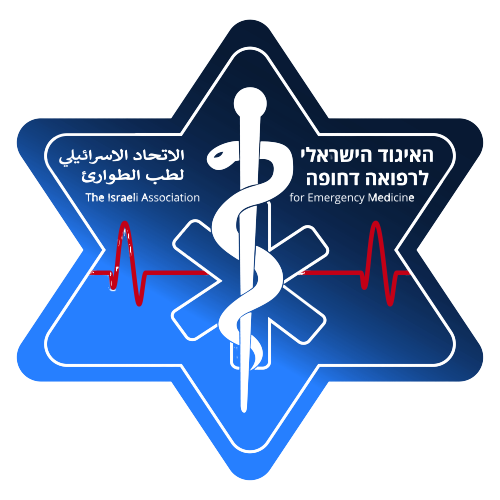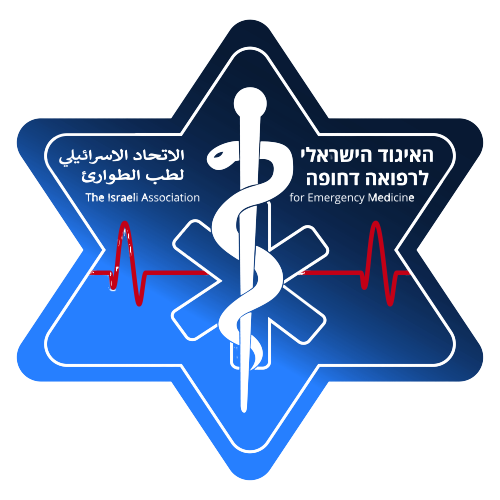
הסרטון הזה מוגבל לגיל לצופים מתחת ל-18+
צור חשבון או התחבר כדי לאשר את גילך.
PODCAST: Vasopressors
We go over the essential and complex topic of vasopressors in the ED. Hosts:<br /> Brian Gilberti, MD<br /> Catherine Jamin, MD Show Notes Introduction Host: Brian Gilberti, MD Guest: Catherine Jamin, MD Associate professor of Emergency Medicine at NYU Langone Health Vice Chair of Operations Triple-boarded in Emergency Medicine, Internal Medicine, and Critical Care Medicine Topic: Vasopressors: Essential agents for supporting critically ill patients in the ED What Are Vasopressors and When to Use Them Two primary mechanisms to increase blood pressure: Increasing systemic vascular resistance via vasoconstriction Increasing cardiac output via augmenting inotropy and chronotropy Indicators for vasopressor use: MAP 65 Situational Preference: High cardiac output states, tachyarrhythmias, peri-intubation Concerns: Increases afterload, can worsen low cardiac output states Epinephrine Mechanism: Stimulates alpha-1, beta-1 and beta-2 receptors Starting Dose: 5-10 mcg/min, titrate to MAP >65 Situational Preference: Anaphylactic shock, septic cardiomyopathy Limitations: Can induce tachycardia, may elevate lactate levels Escalation Strategy in Refractory Shock Norepinephrine -> Vasopressin (with stress dose steroids) -> Epinephrine Consider POCUS, lactate, central venous saturation, and acid-base status Peripheral Pressors Can safely be administered peripherally via large bore IVs in proximal upper extremity Sites: Cephalic or basilic veins Adverse Events: Low at 1.8% based on meta-analysis Actions in case of extravasation: Phentolamine injection, nitroglycerin paste Push-Dose Pressors Primarily Phenylephrine (peri-intubation, during procedures) Also Epinephrine for peri-code situations Doses: Epi – 5-20 mcg every 2-5 min Take-Home Points Most used medications are going to be norepinephrine, vasopre

